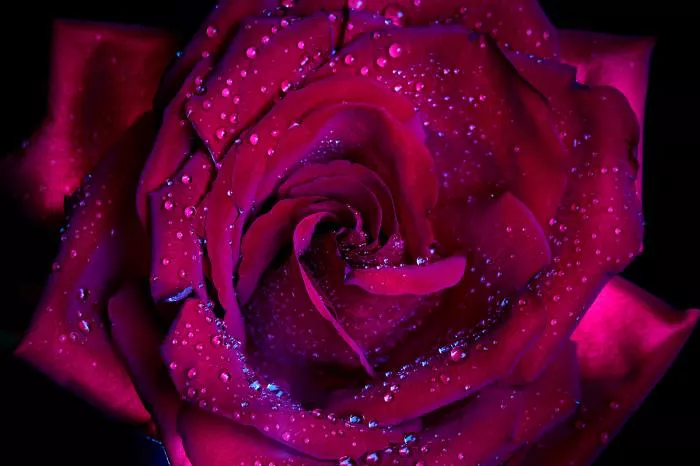Roses have long been celebrated as one of the most cherished and widely cultivated ornamental plants globally. Their beauty and fragrance have captivated hearts and adorned gardens for centuries. Despite their enduring popularity, the genetic origins and breeding history of modern roses have largely remained shrouded in mystery. A groundbreaking study, however, has shed light on the evolution of these beloved flowers, providing crucial insights that could enhance the breeding of more resilient and stunning varieties.
The Historical Cultivation of Roses
For millennia, the cultivation of roses has unfolded in two distinct regions: China and Europe. Each area nurtured unique variations of this floral gem, resulting in a rich diversity of species. The 18th century marked a pivotal moment in rose history with the introduction of Chinese roses to Europe. This event set the stage for revolutionary advancements in rose breeding, leading to the hybrids we admire today.
Traditionally, the ‘Old Blush’ China rose has been regarded as a key contributor to this transformation. Recent research, however, highlights the significant yet previously overlooked role of another species: Rosa odorata. The intersection of these Eastern and Western roses gave rise to modern varieties known for their repeated flowering and diverse forms, creating a new era for rose enthusiasts.
Decoding the Genetics of Modern Roses
The recent research project sought to decode the complex genetic structure of ‘Samantha®,’ a contemporary rose variety celebrated for its vibrant red flowers and continuous blooming.
“‘Samantha®’ is a tetraploid, meaning it has four sets of chromosomes instead of the usual two, which complicates its genetic structure and makes it challenging to study,” explained Zhangjun Fei, a professor at the Boyce Thompson Institute and a lead author of the study. “By mapping its genome, we’ve created a powerful resource for future comparative and evolutionary genomic studies, as well as for advancing rose breeding efforts.”
The research team further sequenced the DNA of 233 additional rose varieties, ranging from wild types to modern cultivars. This extensive analysis allowed them to construct a comprehensive “genome variation map,” which serves as a reference point for understanding the evolution of modern roses from their ancestral forms.
Implications for Future Rose Breeding
With this newly developed resource, breeders have the opportunity to cultivate roses that are not only visually stunning but also more robust and better adapted to various climates. The potential exists for creating roses that bloom longer, require less maintenance, and exhibit increased resistance to pests and diseases.
The study, recently published in the journal Nature Plants, found that human selection has played a pivotal role in shaping the genetic diversity of modern roses. Over the years, certain traits—such as continuous flowering, double flowers, and disease resistance—have been meticulously cultivated by breeders.
However, the researchers stress the importance of preserving a broad range of genetic traits to ensure the health and adaptability of these beloved flowers. In an era marked by climate change and environmental challenges, maintaining genetic diversity is essential for ensuring that roses can continue to flourish under changing conditions.
The Rich Tapestry of the Rose’s Story
This research opens new avenues for understanding and improving one of the world’s most cherished flowers. The story of the rose is not merely one of beauty; it is a rich tapestry woven from threads of history, science, and human passion. Thanks to this study, that tapestry is now more vivid and detailed than ever before.
The findings underscore the intricate interplay between nature and human intervention in the cultivation of roses. By illuminating the genetic foundations of these flowers, scientists are paving the way for a future where roses can thrive in a variety of environments, ensuring their place in our gardens and hearts for generations to come.
Conclusion
As roses continue to hold a special place in human culture and horticulture, the insights gained from this study could significantly impact the future of rose breeding. By understanding the genetic underpinnings of modern roses, breeders can make informed decisions that enhance the beauty, resilience, and adaptability of these iconic flowers.
The evolution of roses from their ancient ancestors to the modern hybrids we cherish today is a testament to the power of science and the enduring love humans have for this remarkable flower. With continued research and dedication, the future of roses looks brighter than ever, promising even more enchanting varieties for all to enjoy.
Related topics:

